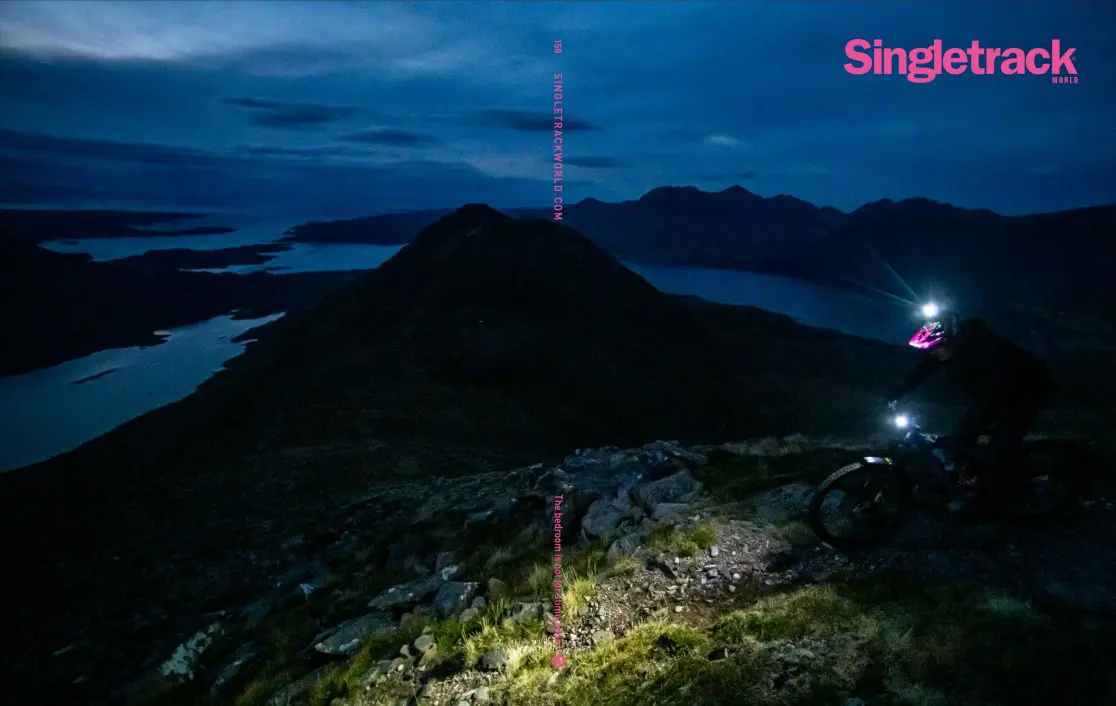Equipped with two off-camera flashes, a sheet, and a lump of wood, I set about trying to take pictures of these scarves my wife's made. I had really no idea what to do at first, but my final plan involves pointing one flash directly at the scarf from just to the left of the camera, and the other is pointing at the background and mostly missing the scarf.
This way I can use a small amount of direct flash on the subject and expose the camera to that, and use loads on the background to heavily over-expose it which whites out all the shadows, wrinkles and imperfections in the background to produce plain white.
There are two questions:
1) Do I really want a plain white background? I haven't got anyone to model the scarves so it's either this or a series of cheesy fake backdrops possibly featuring autumn leaves or something naff, but it'd have to vary depending on the scarf.
2) Why don't I just whiten out the background in photoshop?
I've also discovered artfully arranging scarves is hard. Mrs Grips did the brown one, I did the green one.
EDIT the backgrounds looked a lot brighter before I uploaded them to flickr.. odd.. I wonder if it's doing some kind of level adjustment for me?
[url= http://farm9.staticflickr.com/8335/8110222517_6bcbb96ac6_c.jp g" target="_blank">
[url= http://www.flickr.com/photos/11569254@N06/8110222517/ ]light green scarf[/url] by [url= http://www.flickr.com/people/11569254@N06/ ]molgrips[/url], on Flickr
[url= http://farm9.staticflickr.com/8474/8110231388_28f96ec98e_c.jp g" target="_blank">
[url= http://www.flickr.com/photos/11569254@N06/8110231388/ ]chocolate scarf2[/url] by [url= http://www.flickr.com/people/11569254@N06/ ]molgrips[/url], on Flickr
